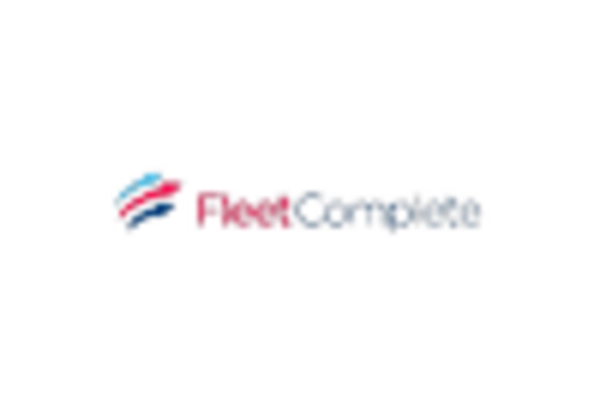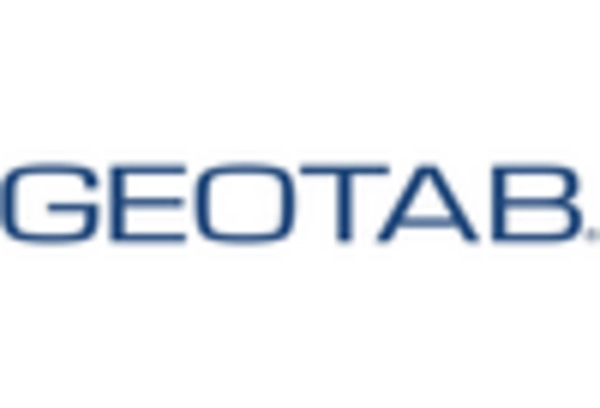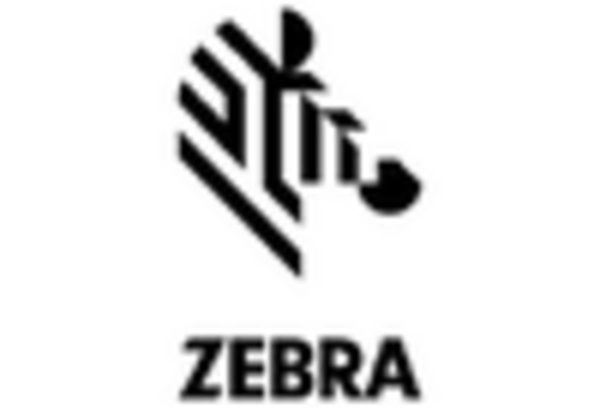Trailer Cargo Container Tracking Market Summary
As per MRFR analysis, the Trailer and Cargo Container Tracking Market was estimated at 2.947 USD Billion in 2024. The Trailer and Cargo Container Tracking industry is projected to grow from 3.253 USD Billion in 2025 to 8.734 USD Billion by 2035, exhibiting a compound annual growth rate (CAGR) of 10.38 during the forecast period 2025 - 2035.
Key Market Trends & Highlights
The Trailer and Cargo Container Tracking Market is experiencing robust growth driven by technological advancements and increasing demand for real-time tracking solutions.
- North America remains the largest market for trailer and cargo container tracking solutions, driven by a mature logistics infrastructure.
- Asia-Pacific is emerging as the fastest-growing region, fueled by rapid e-commerce expansion and increasing logistics investments.
- GPS tracking continues to dominate the market, while IoT tracking is gaining traction as a fast-growing segment due to its innovative capabilities.
- The rising demand for real-time tracking and enhanced security measures are key drivers propelling market growth.
Market Size & Forecast
| 2024 Market Size | 2.947 (USD Billion) |
| 2035 Market Size | 8.734 (USD Billion) |
| CAGR (2025 - 2035) | 10.38% |
Major Players
Geotab Inc (CA), Orbcomm Inc (US), Fleet Complete (CA), Teletrac Navman (US), Sierra Wireless (CA), Zebra Technologies (US), Trackimo (US), Verizon Connect (US)
















Leave a Comment